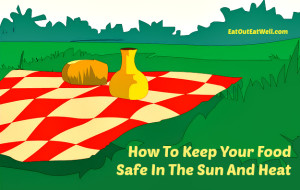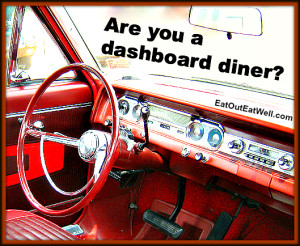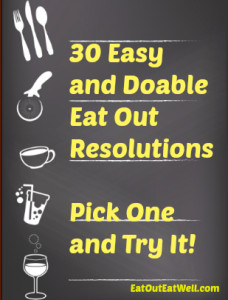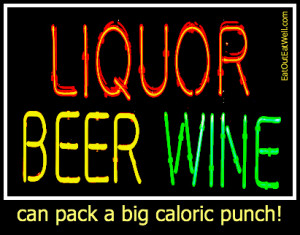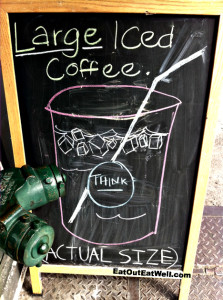 When the weather heats up, the coffee drinks tend to cool down. Unfortunately, some iced and frozen coffee drinks – whether they’re from a coffee shop or from a can — can really bump up your calories and fat grams.
When the weather heats up, the coffee drinks tend to cool down. Unfortunately, some iced and frozen coffee drinks – whether they’re from a coffee shop or from a can — can really bump up your calories and fat grams.
Calories in Some Iced And Frozen Coffee Drinks
Note: all info (with the exception of Burger King) is for a 16 ounce cup.
- Starbucks Mocha Frappuccino with whipped cream, 16 ounces (grande): 400 calories, 15 g fat (9 g saturated), 64g carbohydrates.
- Starbucks Mocha Light Frappuccino with nonfat milk, 16 ounces (grande): 130 calories, 0.5g fat, (0 g saturated), 28g carbohydrates.
- Iced Caffe Latte with nonfat milk, 16 ounces (grande): 90 calories, 0g fat, 13g carbohydrates.
- Dunkin’ Donuts Coffee Coolata made with whole milk, 16 ounces (small): 240 calories, 4 g fat (2.5 g saturated), 50g carbohydrates
- Dunkin’ Donuts Vanilla Bean Coolatta, 16 ounces (small): 420 calories, 6g fat (3.5g saturated), 92g carbohydrates
- Dunkin’ Donuts Iced Caramel Mocha Latte with milk, (large): 450 calories, 12g fat (7g saturated), 73g carbohydrates
- Dunkin’ Donuts Iced Latte made with skim milk, 16 ounces (small): 80 calories, 0g fat, 13g carbohydrates
- Baskin Robbins Cappuccino Blast Mocha, 16ounces (small): 400 calories, 13g fat (9g saturated), 65g carbohydrates
- McDonald’s McCafé Iced Caramel Mocha, 16 ounces (medium) made with whole milk and whipped cream: 300 calories, 14g fat (8g saturated), 36g carbohydrates
- Burger King: Iced Seattle’s Best Coffee Mocha, 22 ounces (medium): 260 calories, 3.5g fat (2.5g saturated), 54g carbohydrates
Calorie Savers:
- Ditch the whipped cream.
- Swap full fat or 2% milk for 1% or skim.
- Watch the sugar: ask for one pump instead of two or sugar free syrup, add non-calorie sweetener instead of sugar, or don’t sweeten at all.
- Change the size of the drink that you order: instead of a venti or an extra large, order a grande or large – or drop down to a tall, medium, or even a small-sized drink.
- If you have a two a day (or more) habit – like a coolata in the morning and a frappuccino in the afternoon – substitute a plain coffee or iced tea (easy on the milk and sugar), or even a latte with nonfat milk for one of those choices.
- Order plain iced coffee or even an iced Americano (almost no calories for 16 ounces) and doctor it with non-caloric sweetener and skim milk. You’d even come out ahead if you use controlled amounts of sugar and a bit of half and half. Or have an iced brewed coffee with classic syrup: a 12 ounce cup has 60 calories.
